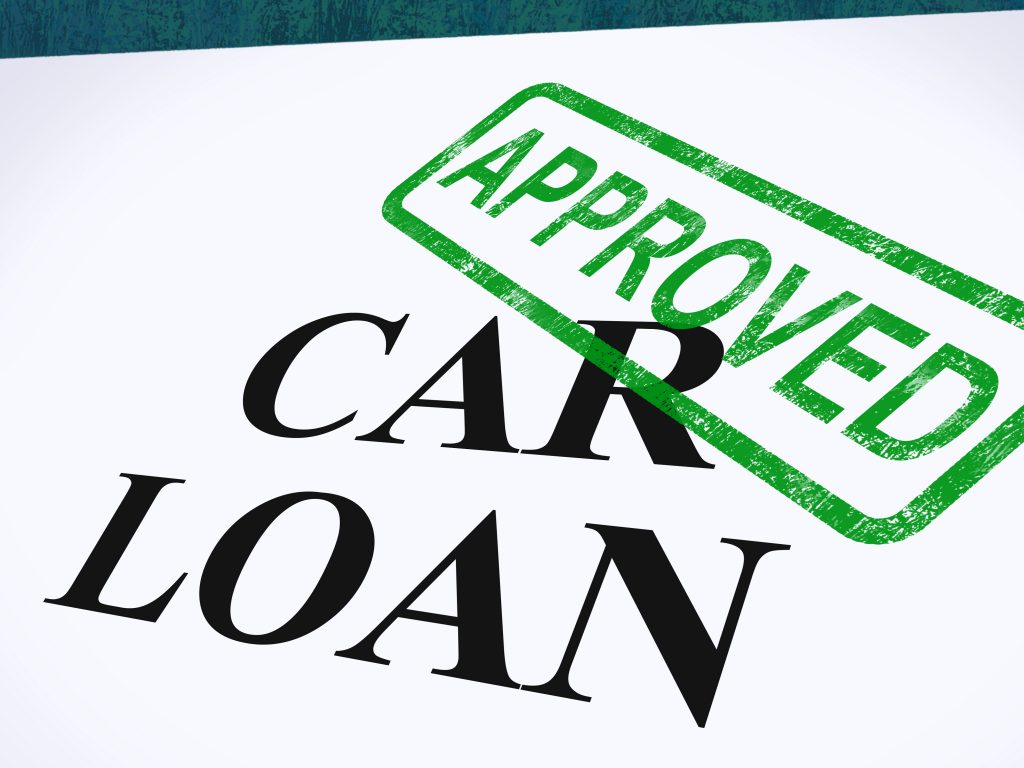 From Car Loan Plus – Title loans are a type of secured loan where borrowers use their vehicle’s title as collateral to obtain funds. These loans are typically short-term and can provide a quick financial solution for those in need of immediate cash. In Canada, title loans are regulated by provincial laws, and the process can vary slightly from one province to another. Here’s a general overview of how to get a vehicle title loan in Canada, more info at Car Loan Plus
From Car Loan Plus – Title loans are a type of secured loan where borrowers use their vehicle’s title as collateral to obtain funds. These loans are typically short-term and can provide a quick financial solution for those in need of immediate cash. In Canada, title loans are regulated by provincial laws, and the process can vary slightly from one province to another. Here’s a general overview of how to get a vehicle title loan in Canada, more info at Car Loan Plus
1. Understand the Basics: Before considering a title loan, it’s essential to understand the concept. When you take out a title loan, you’re essentially borrowing money against the equity in your vehicle. The lender holds the title until the loan is repaid, and if you fail to do so, they can repossess your vehicle.
2. Check Eligibility: Different lenders may have varying eligibility criteria, but common requirements include:
- Ownership of the vehicle (car, truck, motorcycle, etc.).
- A clear and lien-free title in your name.
- Proof of identity and residence.
- Proof of income or ability to repay the loan.
- Vehicle insurance and registration.
3. Research Lenders: There are numerous title loan companies in Canada like Car Loan Plus for example, and it’s crucial to research and compare them. Look for reputable and licensed lenders, read reviews, and inquire about their terms and interest rates. Make sure to choose a lender that complies with your province’s regulations.
4. Apply for the Loan: Once you’ve selected a lender, you’ll need to complete an application. The lender will assess your eligibility and the value of your vehicle to determine the loan amount you can qualify for.
5. Provide Necessary Documents: You’ll need to provide documentation to support your application, such as your vehicle’s title, proof of identity, proof of residence, and income verification. Be prepared to submit these documents for the lender’s review.
6. Vehicle Inspection: Many lenders will require an inspection of your vehicle to assess its condition and value. This may involve an in-person inspection at the lender’s location.
7. Loan Approval: If your application is approved, the lender will present you with a loan agreement that outlines the terms, interest rates, and repayment schedule. It’s crucial to read and understand this document thoroughly before signing it.
8. Get the Funds: Once you’ve signed the agreement, you will receive the loan amount. This can often be in the form of a check or a direct deposit into your bank account.
9. Repayment: It’s essential to adhere to the agreed-upon repayment schedule. Failure to make payments could result in the lender taking possession of your vehicle, as outlined in the loan agreement.
10. Finalize the Loan: Once you’ve repaid the loan in full, the lender will release the lien on your vehicle’s title, and you’ll regain full ownership.
Important Considerations:
- Interest rates for title loans can be high, so it’s crucial to understand the total cost of the loan.
- Make sure the lender is licensed and complies with provincial regulations.
- Only borrow what you can comfortably repay to avoid the risk of losing your vehicle.
- Consider alternative options like personal loans, lines of credit, or assistance from family and friends before opting for a title loan.
In Canada, the regulations surrounding title loans vary by province, so it’s vital to check your local laws and ensure that you’re dealing with a reputable lender. While title loans can provide quick access to funds, they should be used cautiously and as a last resort due to their high costs and associated risks.

